AdWords reigns supreme as the ultimate acquisition channel, as shown by the fact that Google earns the most global ad revenue every year. It also emphasizes how fierce the rivalry is in search engine marketing.
We’re still looking for a way to get ahead of the competition as marketers. To improve quality score, lower cost-per-click (CPC), and increase ROI.
From audience targeting to landing page optimization, here are 8 actionable AdWords tips to help you improve results.
Use In-Market Audiences
Google gathers a lot of information about their users’ searches. What remains to be seen is where it will end up. Should we, as marketers, make use of it? Yes, thanks to Google’s latest release of “in-market audiences.” Advertisers can use this feature to target users based on their actions, which means they’re looking for a specific product or service. It all comes down to search motive at the end of the day. Let’s say you’re looking into electric vehicles. To be in the market to buy, a hunt for “best electric vehicles” is considered top-of-funnel. However, the phrase “Tesla Model X Montreal” suggests that they are not only interested in purchasing, but that they want to do so locally. Google can then compare the conversion rates of similar ads to the search results. Apparel, real estate, travel, and telecommunications are among the industries represented in this data.
Build a new ad group (or update an existing one) and select the “Interests & remarketing” radio box under “Choose how to target your ads:” to enable this new feature.
In the dialog box that appears, click the “Select Category” drop-down. You’ll see in-market audiences is the third option on the list:
You’ll then see a list of in-market audiences, categorized by industry. For our Tesla example above, we’d choose Autos & Vehicles > Motor Vehicles > Motor Vehicles by Brand > Tesla Motors:
As you can see, this gives us a reach of over 100M impressions. When testing this approach, be sure to layer this data with other targeting options.
Also Read: Why Do Businesses Prefer SEO Over PPC?
2. Use CRO Principles to Optimize Landing Pages
When it comes to PPC performance optimization, the effect is felt on the other side of the click. If you’re targeting the right audience but still seeing no results, it’s possible that your landing page requires some conversion rate optimization (CRO) love, which many marketers overlook. It would take an entire book to cover this topic. Instead, I’ll show you three high-impact landing page experiments that you can benefit from two great brands.
GIMP: Answer Questions Immediately
GIMP is a free Photoshop option that isn’t immediately apparent. GIMP has directly addressed the query “What is GIMP?” above the fold. The copy and imagery are not only bold, but they are also straightforward and address a specific query. And it does so in a friendly manner.
Evergage: Industry-Specific Personalization
When done correctly, marketing personalization can be a powerful conversion booster. If a user visits your site for the first time, however, you will have minimal knowledge about them. A solution to this problem is web personalization, such as Marketo Web Personalization. Using data collected from the user’s IP, you serve customized content based on the user’s organization or industry.
Evergage delivers customized content to a customer in the retail space in the example above. This customized copy and social evidence focus on the industry’s pains and challenges. To add industry-specific personalization to your landing pages, test personalization technologies.
Utilizing the influence of social evidence is also another way to improve the conversion rate. Social proof in the form of numbers (such as social shares) and testimonials is essential for a successful landing page, but it’s even more so when it comes from a third party.
3. A Different Approach to Location Targeting
Many users go to the Dimensions tab when targeting by venue. While this is the fastest and most popular method, there is a better way to do it. Instead, go to Settings > Locations. This approach helps you to see which nations, towns, states, and even universities your ads appear in. More importantly, you can change your bid based on these locations using this process. For example, if you see a city with a higher CTR and conversion rate in Adwords, you can raise your bid there while lowering it in underperforming areas.
To use this function, go to your campaign’s Settings page and pick Locations:
Click the “Set bid adjustment” button and increase the percentage by whatever you think is appropriate. As always, use your analytics to decide where your budget should be spent based on true ROI.
4. Customize Ads with Real-Time Updates
Customizing your AdWords can be a pain if you’re selling a variety of items with different deals attached to them. It will take an eternity to manually change the ad copy to say “20% off, just 13 days left!” Fortunately, Google has multiple scripts for adding dynamic text to your campaigns.
The discount, days left on the sale, and product summary are all scripted into the text:
These scripts provide a modular approach to urgency, as well as a higher quality score due to automatic copy-to-landing-page matching. To begin, Google requires access to your product data in order to assign data to these customizers. It’s a lot easier than it seems, and I strongly advise you to read Google’s documentation on the feature.
5. Use Ad Previews to See What Your Customer Sees
The AdWords console and what the customers see are often two separate items. The Ad Preview Tool fills in the blanks by displaying how your ad appears in the SERPs.
To access this feature, head to Tools > Ad Preview and Diagnosis:
Type in a search term used in one of your campaigns and hit “Preview.” You’ll see your ad listed among the organic results in the SERPs:
This view shows how well your ads are placed in the organic search results. You’ll also be able to see if any mistakes exist, such as truncated copy or extensions that aren’t showing properly.
It’s also important to see how ads appear on different devices. You can change this view using the “Device” drop-down on the left-hand side:
Most significantly, it’s a more straightforward method of refining the positioning in Adwords. You can easily optimize your copy by seeing how it fits in a sea of organic data.
You might, for example, try doing the polar opposite of what they do. Try to express exclusivity if organic findings use terminology that allows searchers to “shop immediately.” This strategy works well for webinars and high-end pieces.
Also Read: 4 PPC Mistakes That Affect Your Advertising Campaigns
6. Exclude Competitor IPs to Save Wasted Clicks
Let’s face it: your rivals are constantly clicking on your advertising. It’s likely that you do it yourself. Although it’s a part of life in the dynamic marketing world, it doesn’t have to break the bank. You may use IP exclusion to avoid paying for these clicks.
Examining a competitor’s email header is the easiest way to discover their IP address. To do this in Gmail, open up one of their emails, click the drop-down arrow next to “Reply” and select “Show original”:
Now, search for “Received: from” to find the line that includes the IP address. You should see something like this (sensitive data has been blurred out for privacy):
The IP address will sit somewhere on this line. To exclude it, head to your campaign settings and click “Edit” under the IP Exclusions section. The following dialog box will appear:
Copy and paste the IP addresses of your competitors and save them. These clicks would no longer have an effect on your daily budget.
Also Read: Tips to Generate More Traffic to Your Website
7. Utilize Machine Learning with Smart Display Campaigns
Machine learning is a new technology that is revolutionizing the way marketers work. It’s still a young industry, but it’s already having an effect. Google, it turns out, has already rolled out some machine learning features that some marketers are unaware of. One of these is in-market audiences, which we discussed previously.
Smart show campaigns are another feature that might have slipped your mind. Google uses machine learning features to monitor ad output with them. To get the most out of this function, provide it with what it requires and then step back and let it work. Create a new display ad campaign and choose a choice from the “Drive action” list to get started. After that, you’ll be asked to include a campaign budget as well as a cost per acquisition (CPA) goal.
You will normally upload a complete picture for Google to view on its network with conventional display advertising. You upload individual assets to smart display advertising, which Google then uses to create sensitive ads. This allows it to test various copy and innovative variations (along with other factors) in order to find the most effective ad.
Here are the individual assets you must provide:
- Headlines (limited to 25 characters)
- Descriptions (limited to 70 characters)
- Display URL
- Final URL
- Images (these are optional, 1.91: 1 landscape, 600 x 314 px minimum with suggested size of 1200 x 627 px)
- Logos (also optional, 1:1 square or 4:1 landscape, suggested size of 1200 x 1200 px or 1200 x 300 px)
After you’ve uploaded all of your assets, Google can handle the rest. It will choose relevant targeting and optimize all elements to achieve a conversion rate that is in line with your CPA goal.
To see which of your assets perform best, Google will provide you with a report that looks like this:
Although this is helpful for reporting, it can also help you write better copy for your AdWords campaigns and other marketing activities.
8. Increase CTR and Quality Score With Headline Optimization
One of the most critical aspects of your AdWords campaigns is a copy. It’s the connection that connects the right targeting with a high-converting landing page. You can push all the impressions you want, but no one will see your landing page if your copy isn’t convincing enough. More traffic and a higher quality score equal a lower CPC, and a higher quality score equals a lower CPC.
The first thing your customers will see is your headline. You must capture their attention in order to succeed. Let’s look at three headline formulas that you should try out right now:
Ask a Question
Although this is a simple formula, it still works in a sea of statements-based search results. Instead of simply saying what you’re offering, ask probing questions to get to the heart of their problems.
Let’s compare these examples:
- “Find the perfect wedding gift”
- “Last minute wedding gift shopping?”
While the former meets a particular need, it falls short of addressing the root of the problem. The second, on the other hand, elicits agreement that is perfectly aligned with real pain.
Overcome Immediate Objections
Customers are also mindful of the danger of doing business with you as they shop for your goods or services. Your copy’s task is to minimise pressure when persuading them to purchase (or take another action).
Before they even get to your landing page, your ad copy will answer these concerns.
What obstacles do your clients believe they must overcome? Let’s take a look at how it works:
- Free Website Building Platform
- Make a Website For Free—No Technical Experience
In this case, the “item” being sold instantly answers a wide group of customers’ possible concerns. For those who aren’t tech-savvy, this brand will feel like it “gets” them.
Specific Numbers
Another way to reduce pressure and demonstrate evidence is to use numbers. There is, nevertheless, a catch. Which of these do you have more confidence in?
- “Trusted by 150,000 marketers”
- “Trusted by 149,780 marketers”
Surprisingly, precise and accurate figures have been shown to be more reliable. A number of a particular products in stock, pricing, and even a specific outcome are all examples. It’s worth checking as long as it’s reliable and truthful.
Also Read: Common Myths About Backlink Building
Get Ahead of Your AdWords Competition
From targeting to landing page optimization, we’ve covered different stages of the AdWords funnel that will give you an advantage over your competition. These suggestions are worth putting to the test if you want to improve your plan. All must be in sync for a successful AdWords campaign. Conversions and efficiency scores will improve as a result of the audience you target and the copy and messaging you serve them.



















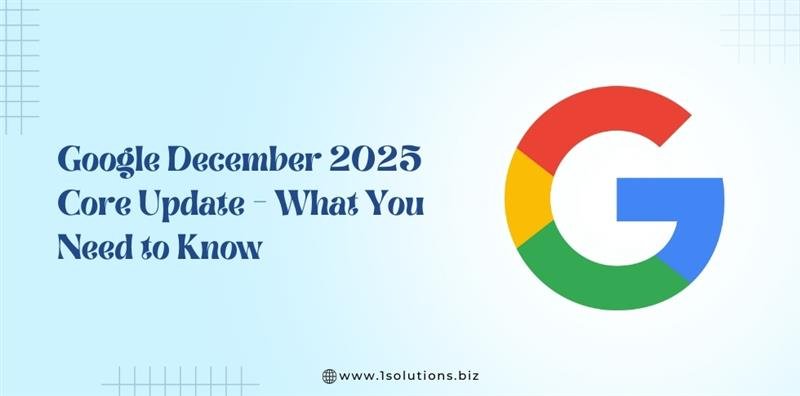
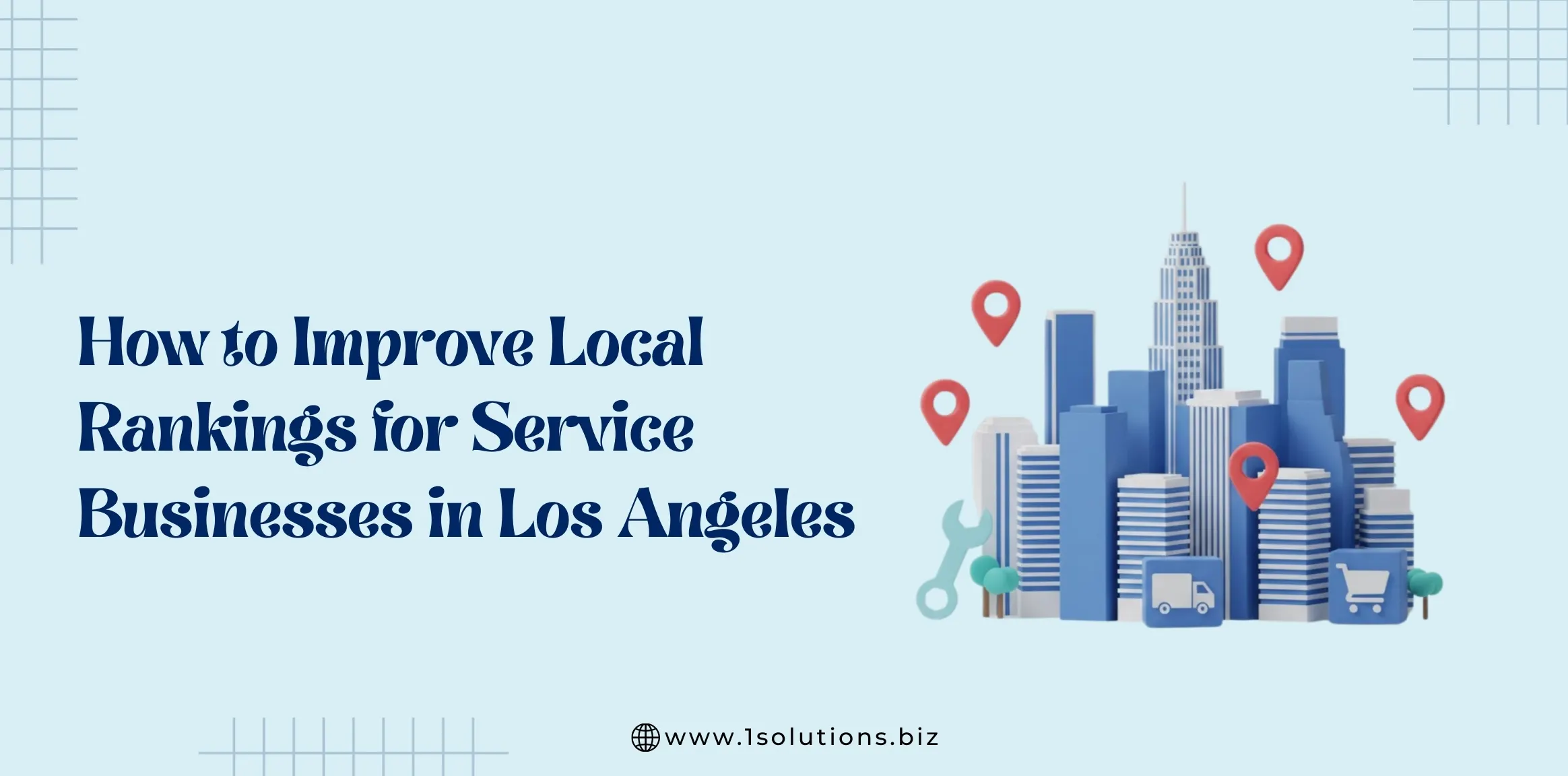
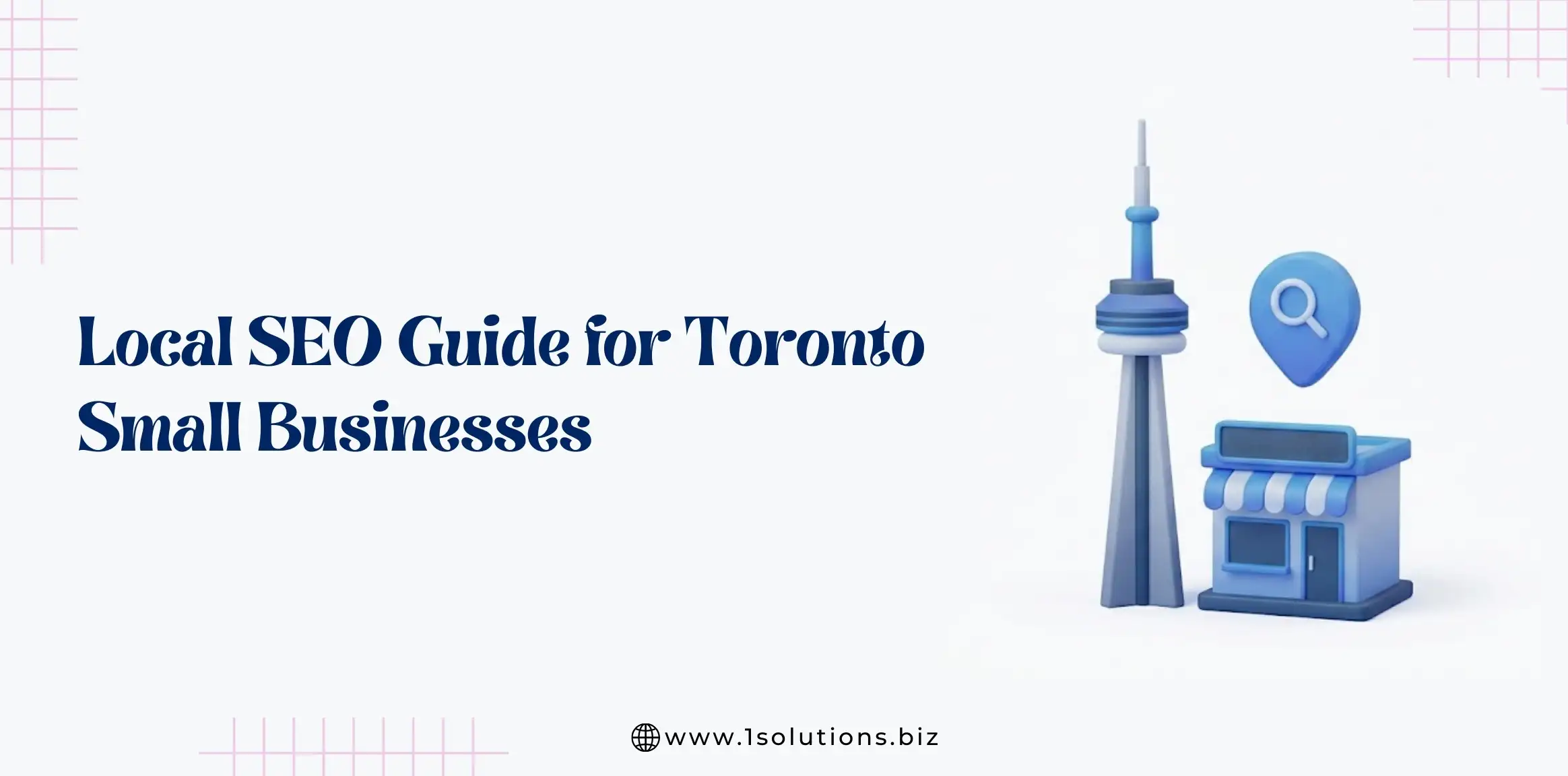
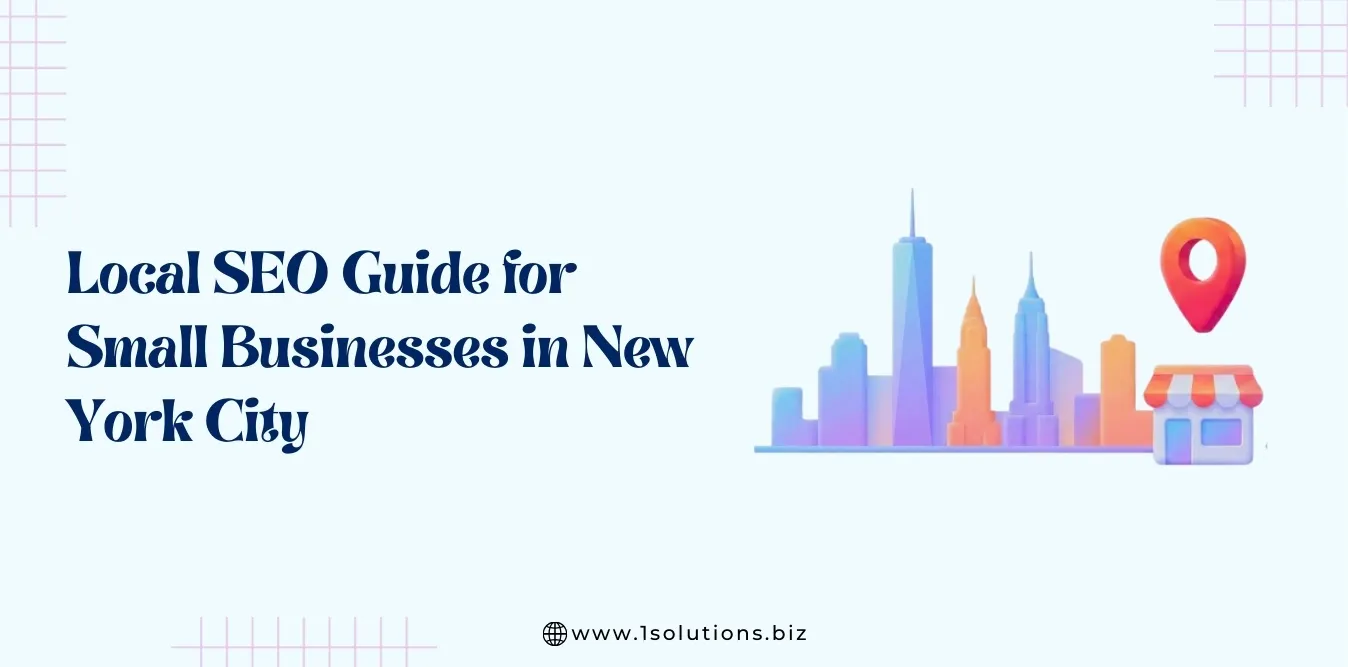
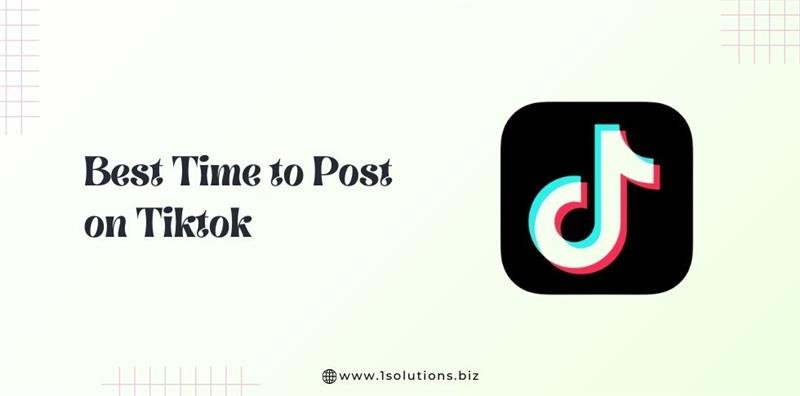
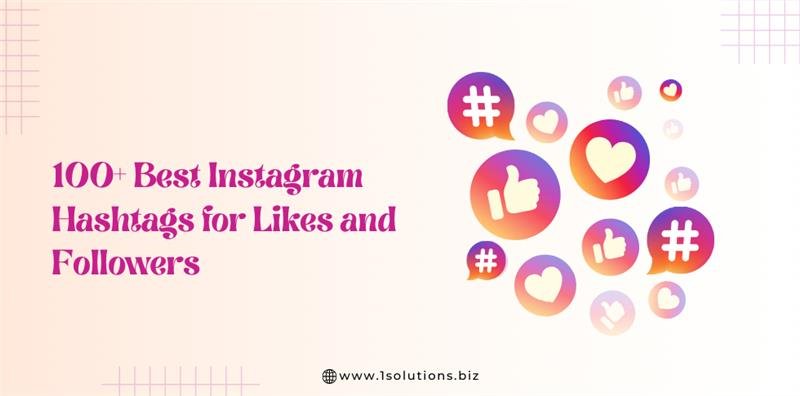
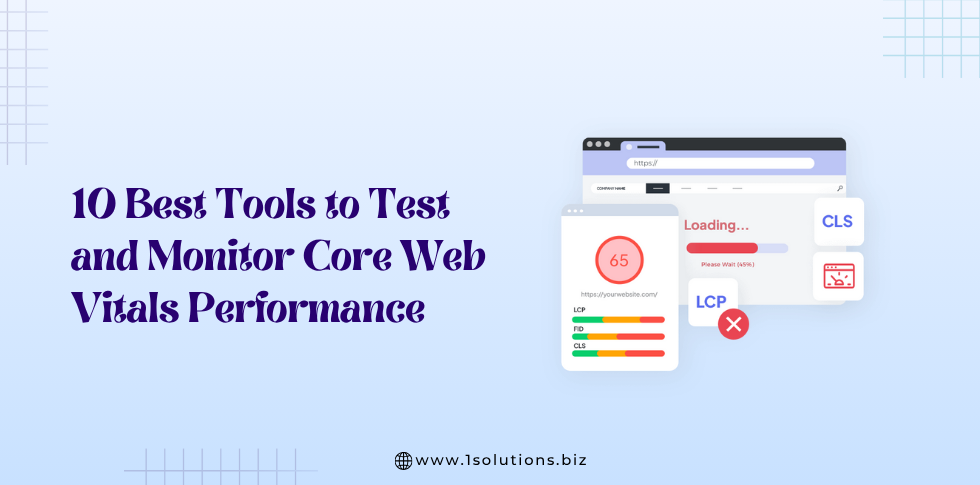




 in India
in India